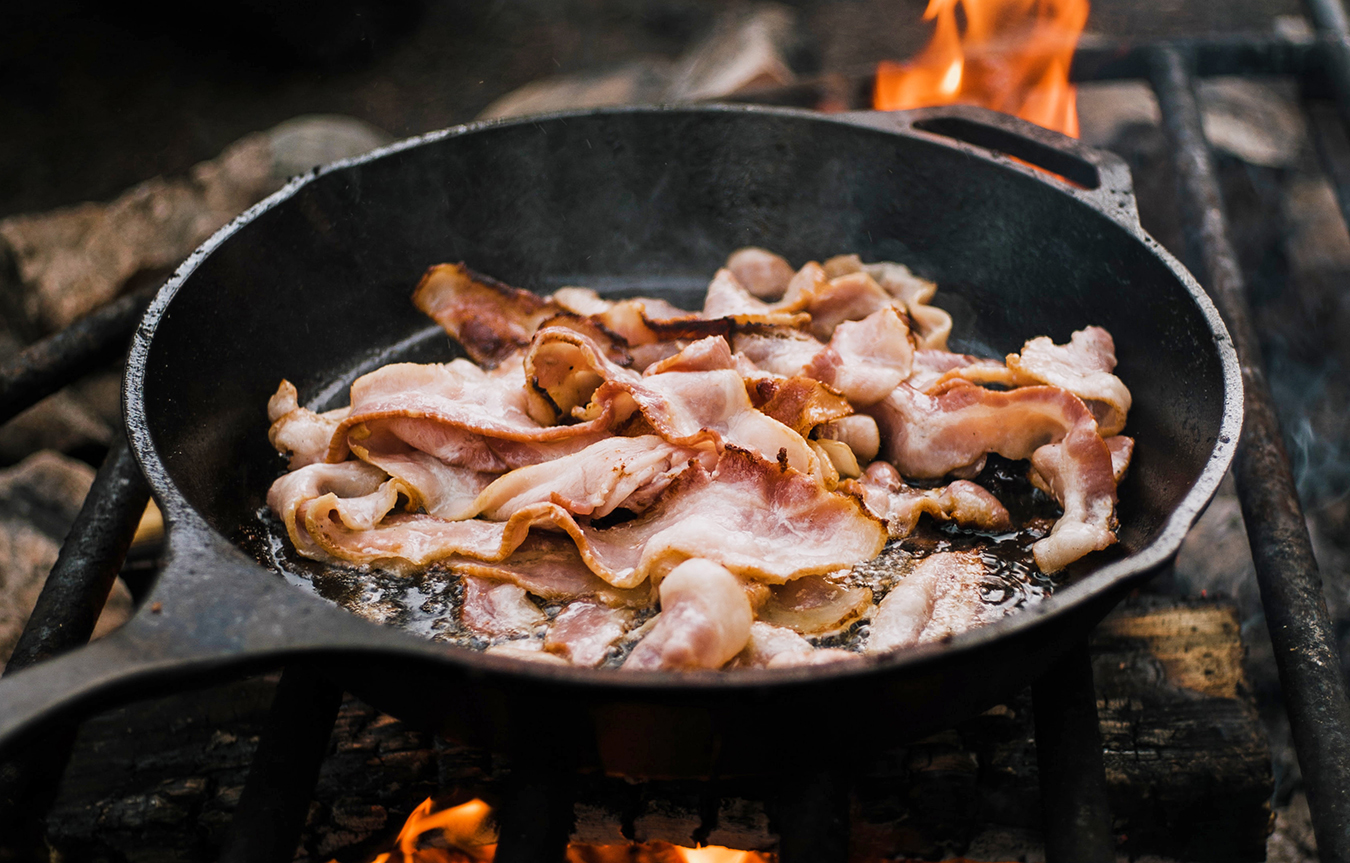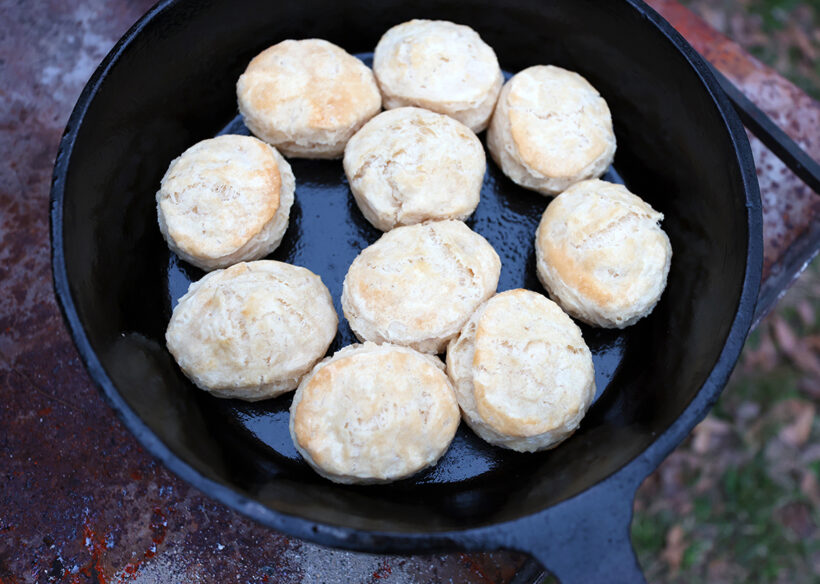Preparing food in cast iron vessels has been around for thousands of years and remains a staple in many kitchens.

Fads come and go in the culinary world, but there are some tricks to a great meal that have remained constant. Cast iron cookware has been around for centuries and still has a dedicated following. It is durable, versatile and provides near uniform heat across a variety of cooking styles. The cast iron skillets and Dutch ovens of today have a fascinating story that begins more than 2,000 years ago.
Cast iron differs from wrought iron in that it is pourable when molten and is not hammered by a blacksmith to shape it. Casting metal has many advantages, but the end result is by nature more brittle than other types of metal. Its “recipe” also differs from steel, which is not easily cast but is much stronger. Each type of metal is suited for different tasks and cast iron happens to be perfect for cooking.
Cast iron was invented around 2,500 years ago in what is now China. By the 1400s it had reached Europe through trade routes and was mainly used to make cannons and cooking pots, and in building construction. It was strong and objects could be produced quickly and with a great deal of consistency. By the 1600s it had been carried across the Atlantic to the Americas and become part of the colonial tool kit.

In 1707, the Englishman Abraham Darby patented a new method of casting relatively thin pots and pans. The pots featured three legs and a heavy lid with a handle, which made them perfect for cooking over coals or in a hearth. By the time of the English colonies in North America, and later the fledgling United States, the cookware was both common and highly valued. During the late 1700s, Paul Revere (who also was an expert at casting large bells) modified the lid to add a rim or lip around the edge. This simple change allowed colonial cooks to place coals on top of the pot as well as below, turning it into a small oven, a Dutch oven to be precise.
Prior to modern cookware there was a heavy reliance on cast iron. A good set of pots would be prized possessions and would be bequeathed to specific people upon ones passing (Mary Ball Washington, mother of President George Washington, is said to have specified in her last will and testament who would inherit her prized cookware.). As the new country pushed west and south, pioneers and explorers carried their trusty pots, skillets and Dutch ovens with them. These vessels were heavy but durable and provided countless meals in frontier kitchens.
As the modern kitchen emerged, cookware changed with it. We now have aluminum, steel, glass and even nonstick surfaces well suited to the modern chef. Yet, cast iron persists and is still found in many kitchens both fancy and rustic. There is even high-end designer cast iron cookware like the expensive but fantastic enamel-coated Le Creuset ware.
Robert Wilson, a local living history reenactor and historian, routinely cooks with cast iron. Wilson seems to have one foot in the past and the other in the present. He is experienced at cooking local fare such as swamp cabbage, chicken perloo, assorted greens, biscuits and delicious cobblers—all over the coals of an open fire. Wilson occasionally offers cast iron cooking lessons at the Fort King National Historic Landmark site, where he, along with Kathleen Ramirez, outdoor/historical resource program coordinator for the city of Ocala, demonstrates various techniques and provides a tasty meal as well.
Not everyone who cooks with cast iron labors over hot coals. Ocala Style editor Susan Smiley-Height has favorite cast iron pots and recipes. These include Pineapple Upside Down Cake in a coveted cast iron skillet and a chicken/cauliflower/caper dish in her husband’s grandmother’s heirloom Dutch oven.

For those interested in learning more about cast iron cooking, there are a few things to consider. Antique collectable cookware is attractive and performs well but can be pricey. New quality cast iron is easier on the budget and also works great. All new cast iron cooking containers need to be “seasoned,” which involves heating and applying oil repeatedly. Seasoning can be a tedious process, but it is worth the effort. Although seasoning can help prevent foods from sticking to cast iron, be aware this cookware is not true “non-stick” and care must be taken while cooking.
There can be a learning curve to controlling temperature and cast iron retains heat very effectively (ask me about my infamous blackened biscuits). During use, handles and lids are heavy and get very hot (hot pads and lid hooks are required utensils). Soap is not used to clean cast iron and can ruin the seasoning. Your iron utensils should never see the inside of a dishwasher.
There is a reason this style of cookware has stood the test of time—it is functional and lasts for years and years. So, as you cook up your very first mess of perloo and greens, be sure to leave room for the Pineapple Upside Down Cake. OS
Scott Mitchell is a field archaeologist, scientific illustrator and director of the Silver River Museum & Environmental Education Center, located at 1445 NE 58th Ave., Ocala, inside the Silver River State Park. Museum hours are 10am to 4pm Saturday and Sunday. Admission to the park is $2 per person; free ages 6 and younger. To learn more, go to silverrivermuseum.com.






